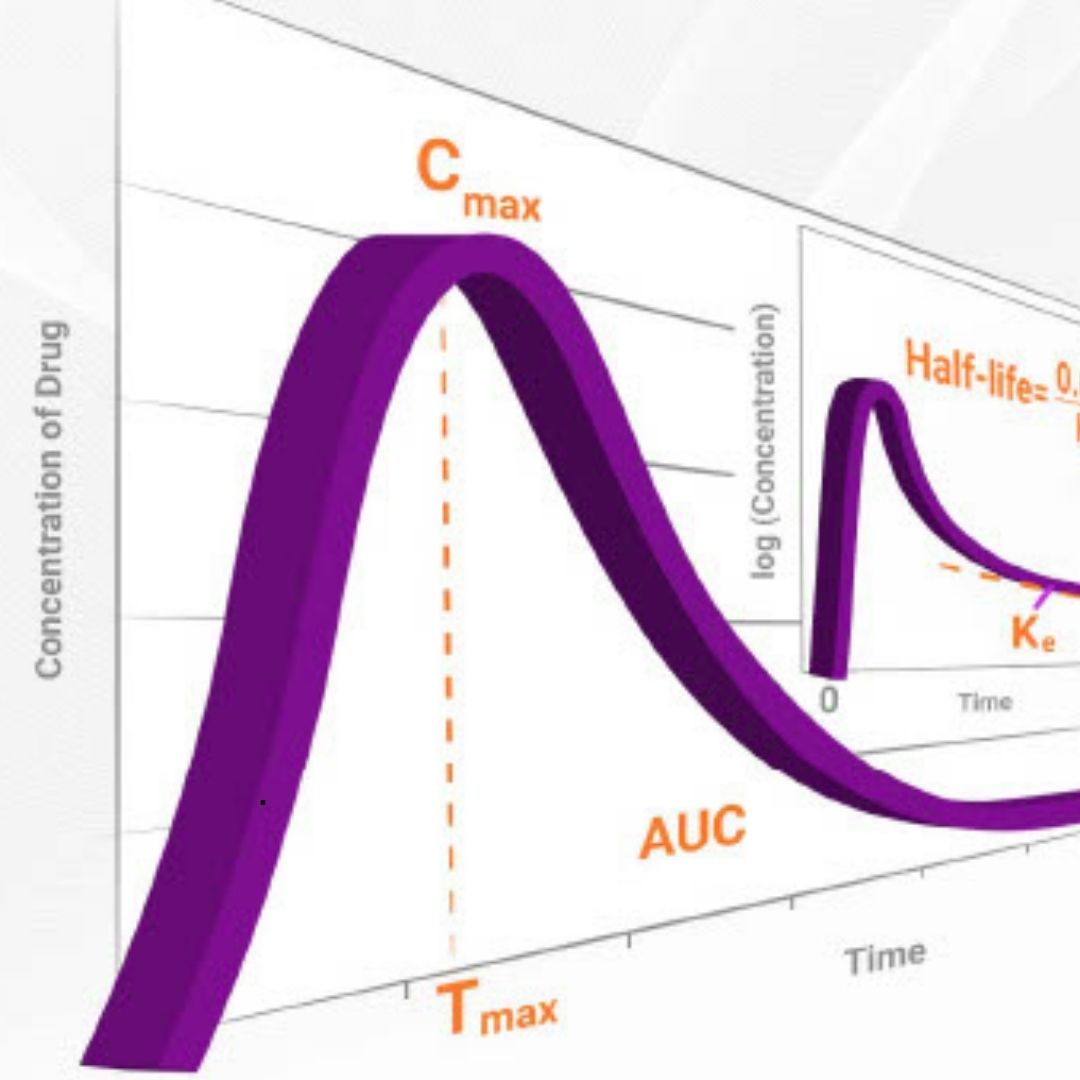Conference Call to be on Monday, October 25, 2021, at 5:00 PM ET

A phase I dose-escalation study of oxaliplatin delivered via a laparoscopic approach using pressurised intraperitoneal aerosol chemotherapy for advanced peritoneal metastases of gastrointestinal tract cancers
The objectives were to define the maximum tolerated dose (MTD), safety profile and pharmacokinetics (PKs) of intraperitoneal oxaliplatin delivered by pressurized intraperitoneal...

Development of physiologically-based pharmacokinetic models for standard of care and newer tuberculosis drugs
Tuberculosis (TB) remains a global health problem and there is an ongoing effort to develop more effective therapies and new combination regimes that can reduce duration of treatment.

What’s New in GastroPlus v9.8.2?
The latest version of GastroPlus® has the most innovative & integrative software improvements to accelerate drug development through continued collaborations with several large pharmaceutical companies and the U.S. FDA!

What’s new in MonolixSuite 2021
Watch out for the release of MonolixSuite 2021!

Relationship Between Pimavanserin Exposure and QTc Interval in Patients with Schizophrenia: Modelling Analysis from Randomized, Double-Blind, Placebo-Controlled Studies
Patients with schizophrenia who are receiving more than one antipsychotic may be at higher risk for QT interval...

Noncompartmental PK/TK Analysis
Cognigen has a long-standing reputation for accuracy and integrity in providing noncompartmental analysis in a validated environment with submission-ready report.

Pharmacokinetics of Baclofen in a Full-Term Newborn after Intrauterine Exposure: A Case Report
Intrauterine exposure to baclofen can lead to syndrome of withdrawal during the first days of the newborn.

A new phenothiazine derivate is active against Clostridioides difficile and shows low cytotoxicity
The rapid evolution of antibiotic resistance in Clostridioides difficile and the consequent effects on prevention and treatment of C.

Slower degradation rate of cytarabine in blood samples from acute myeloid leukemia by comparison with control samples
Cytarabine, a key chemotherapy agent for acute myeloid leukemia (AML) treatment, is deaminated into inactive uracil-arabinoside by cytidine deaminase.

PBPK Modeling Approach in Pregnant Subjects and Fetus
PBPK modeling gives birth to a new application!

Dose Selection for Fremanezumab (AJOVY) Phase 3 Pediatric Migraine Studies Using Pharmacokinetic Data From a Pediatric Phase 1 Study and a Population Pharmacokinetic Modeling and Simulation Approach
Potential fremanezumab doses for pediatric patients were evaluated using pharmacokinetic modeling and

Simulations Plus Receives New Grant Award From the FDA
Improvements to the GastroPlus® platform will increase its impact in driving research and regulatory decisions on dermatological products

Pharmacokinetics of Pantoprazole and Pantoprazole Sulfone in Goats After Intravenous Administration: A Preliminary Report
Ruminant species are at risk of developing abomasal ulceration, but there is a lack of pharmacokinetic data for anti-ulcer therapies, such as the proton pump inhibitor pantoprazole, in...

Developing a PBPK modeling approach for evaluating drug product performance in infants based on adults data
Understanding drug and drug formulation performance in relation to the prandial conditions is essential for ensuring the safety and efficacy of products to be administered to pediatric patients, especially newborns...

Establishing the Bioequivalence Safe Space for Immediate-Release Oral Dosage Forms Using Physiologically Based Biopharmaceutics Modeling (PBBM): Case Studies
For oral drug products, in vitro dissolution is the most used surrogate of in vivo dissolution and absorption.

Establishing the Bioequivalence Safe Space for Immediate-Release Oral Dosage Forms using Physiologically Based Biopharmaceutics Modeling (PBBM): Case Studies
For oral drug products, in vitro dissolution is the most used surrogate of in vivo dissolution and absorption.

Integrated Testing Strategy for the Safety of Botanical Ingredients: A Case Study with German Chamomile Constituents
Introduction: chamomile is a botanical ingredient commonly used in cosmetics, thus determination of skin sensitization effects of German chamomile constituents is critical for the...
